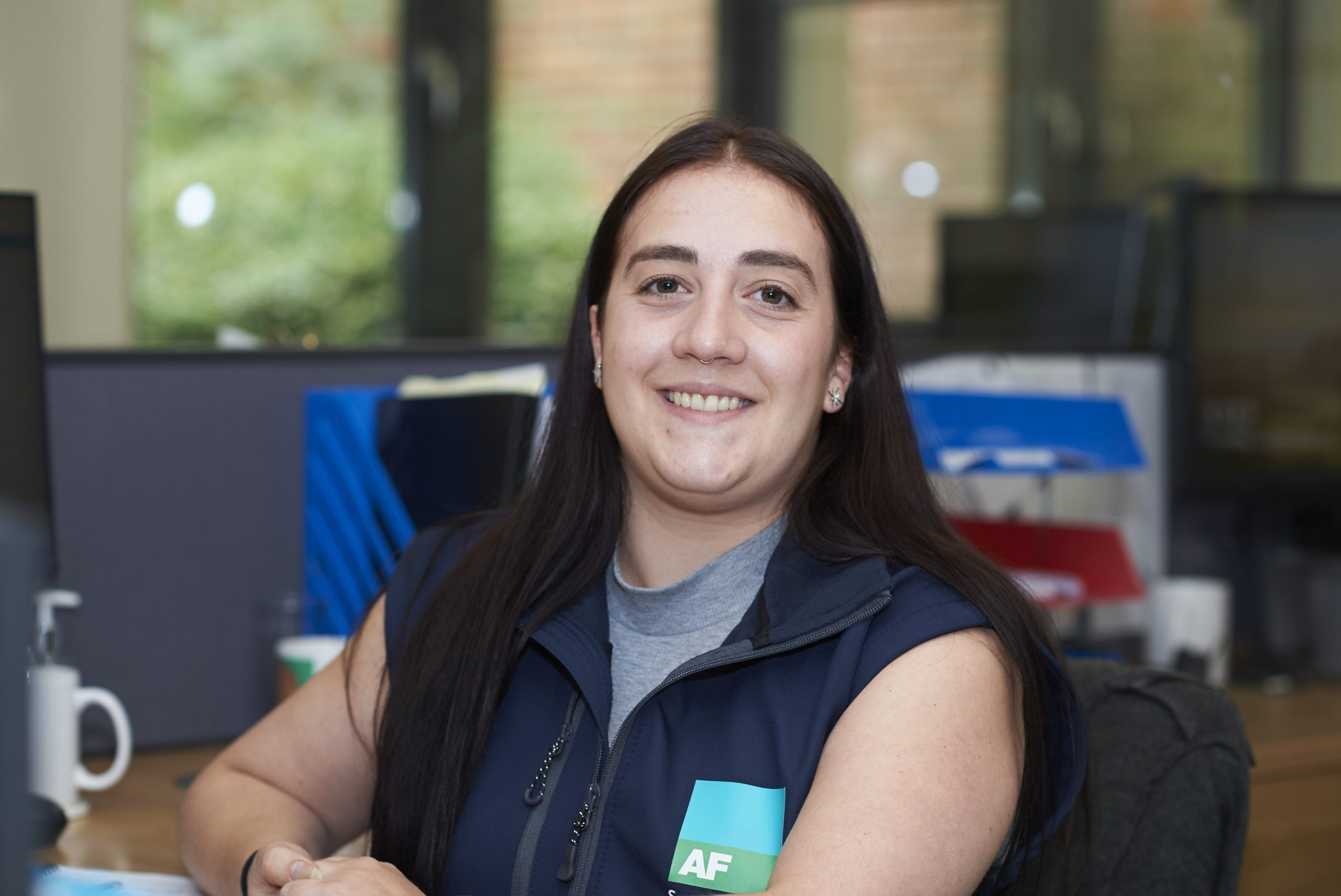An electrifying visit to Sizewell B
17 March 2022
Nuclear power has been the subject of widespread debate in the ‘green’ energy arena. It is a divisive topic—while critics argue it is too expensive, creates radioactive waste, and poses security risks, supporters highlight its reliability and efficiency as the way forward.
To learn more about this key source of power, electricity supplier EDF gave your AF Energy team an educational tour of Sizewell B nuclear power station on the Suffolk coast in February 2022.
For security reasons, all visitors underwent background checks before arriving at Sizewell B. Upon arrival, we passed through airline-style security, ensuring we left everything in the car—including phones and fitness watches.
Once inside, our guide, Claire, settled us in a classroom to complete essential health and safety paperwork. By this stage, we were all beginning to realise the magnitude of what happens at Sizewell. With paperwork completed and safety instructions issued, the educational part of the day began.
The tour started with Claire explaining what the nuclear reactor is and how it works.
Sizewell B’s reactor is fuelled by uranium pellets—holding over 18 million pellets, each containing the same amount of energy as 800 kg of coal. Nuclear power is generated by using radioactivity to split uranium atoms in a process called fission. This process, similar to the biological fission of living cells, creates a massive amount of heat, which is used to power Sizewell B.
Water is heated by nuclear fission to create steam.
The steam moves through a network of pipes that heat and cool it as it travels.
Water from the North Sea is used to cool the steam.
The steam enters two enormous turbines, where 282°C steam at the right pressure turns the turbines.
Each turbine uses over 1 tonne of steam per second, generating 630 megawatts of electricity.
The entire process uses 3 million litres of water every minute.
1st Loop: Kept under extreme pressure to increase the boiling point, creating a large "kettle." The water is so purified that it would deplete nutrients from your body if consumed.
2nd Loop: Turns into steam to move the turbines and is then converted back into water. This water is as purified as the first loop.
3rd Loop: Cold North Sea water is pumped in to cool the steam, then filtered and safely returned to the ocean.
We were issued with PPE—hard hats, ear defenders, safety glasses, gloves, and hi-vis jackets. It was clear that safety was a top priority!
We toured various buildings where different parts of the power generation process take place and met the teams working at each stage. A highlight was visiting the turbine hall, where we were able to see and touch the outer casing of the turbines. The noise from the rotating blades was deafening—we were grateful for our ear defenders!
We also learned about safety procedures in place at Sizewell B, including:
Four separate engines to power the reactor cooling system in case of an emergency.
A 1.5-metre-thick concrete wall lined with steel mesh to protect the reactor from external threats.
A permanent emergency response team, including firefighters, armed police, medical staff, and mental health professionals.
An off-site emergency team equipped with vehicles that can reach Sizewell B across the surrounding fields if needed.
We left with no doubt about how tightly regulated, managed, and secured this nuclear power station is.
One of the most controversial aspects of nuclear power is radioactive waste. What we didn’t know before the tour was that almost all of Sizewell B’s waste is processed on-site.
Since nuclear waste is highly dangerous, it is:
Stored in a fuel storage facility for several years.
Transferred to casks and kept on-site for a further 100 years.
Eventually moved to an underground repository.
Sizewell B first synchronised with the National Grid on 14th February 1995.
In 2020, it produced enough electricity to power 2.3 million homes—enough for Norfolk, Suffolk, Essex, and parts of Cambridgeshire.
The turbines rotate twice the speed of sound.
The site always holds over £55 million worth of spare parts.
Instead of a sprinkler system, Sizewell B has a deluge system that can release 8,000 litres of water in case of a fire.
The cooling system accidentally catches fish—but 87% are returned alive to the sea.
The visit was extremely educational and gave us a fantastic opportunity to understand how our Members’ power is produced.
Would you like to talk to us about your energy requirements?
Get in touch with your AF Energy team by emailing energy@af.farm or call 01603 881910.